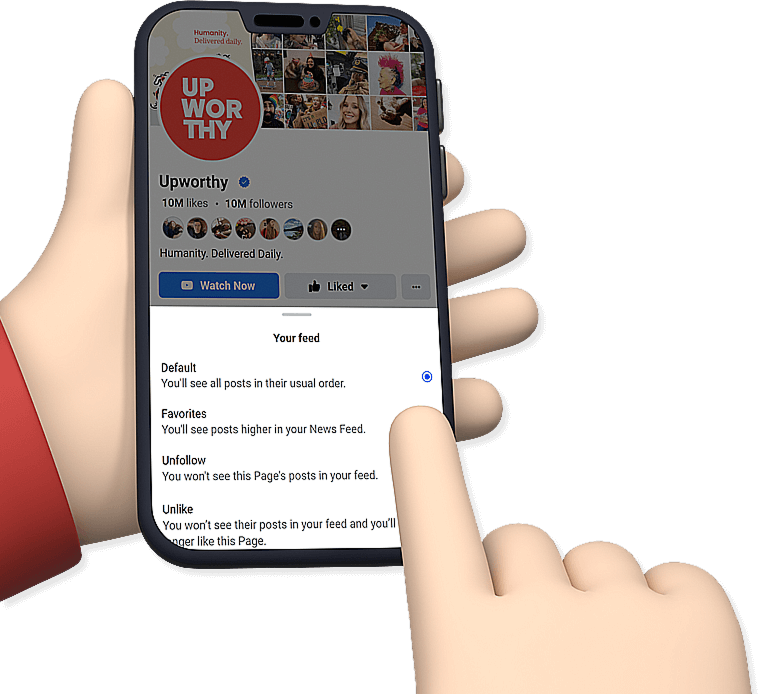As a black woman, I wonder what it would be like to raise a black child in today's world.
I turn on the news or open my Facebook feed and see celebrities like Vybz Kartel and Azealia Banks defending skin bleaching. Black bodies are strewn across the media, seemingly victims of fear-fueled violence by police and the nation’s growing intolerance. Not to mention a presidential election that has unveiled some of the darkest perspectives and ideologies in this country.
Things look bleak, and far too often it feels like we’re moving backward, intent on repeating the mistakes of the past. Seeing these things hurts. So much of it feels like a personal attack because the people affected are just like me. My family. My friends.
Image via the Seattle Municipal Archives/Flickr.
Now, I’m not a parent. Far from it. But I wonder what it would be like to raise a kid in these times when racism and hate are increasingly mainstream. How do parents today protect their kids from the vitriol online, lack of representation in entertainment media, and the countless microaggressions in day-to-day life?
How do parents, particularly black parents, raise kids who are able to see and understand the ways in which race plays a role in their lives without them feeling burdened by this knowledge or internalizing messages of hate?
The answer, while multifaceted, is surprisingly simple.
I spoke with Dr. James Huguley, assistant professor at the University of Pittsburgh’s School of Social Work and Center on Race and Social Problems. A portion of his work includes the African American Parenting Project, which looks at these very issues and works to identify the ways kids are affected by parents who stress cultural pride and awareness.
Image via iStock.
He speaks with black families about their parenting methods and goals and asks them to share how they encourage and reinforce positive identity in their homes. Then, he analyzes the results of these efforts.
Here are the five key pieces of advice he shared:
1. Strike a delicate balance between educating your kids and burdening them.
Sometimes, it’s easy to forget that parents are people, too. They’re using their history to inform what they teach their kids, but they have to be cautious to approach it from a balanced perspective. Dr. Huguley said:
“We see a range of ways in which the parents’ experiences have influenced how they interact with their children. For some who have experienced racial oppression firsthand — the parents from the South with really devastating racial stories and narratives — they want to protect their children, they want to make sure their children both see themselves positively and surround themselves with positivity, and that they're strong in the face of oppression or racism and don’t feel defined by it.”
Image via iStock.
Balance is key. Huguley said parents should aim to empower their kids, not scare them: “You want them to feel strong. Feel capable." But encouraging their sense of self-worth doesn't mean sheltering them from some of the harsh realities of the world. Huguley continues: "They can have a sober understanding of oppression, but at the same time not feel discouraged or that they won’t be able to achieve. They can know that there are challenges that we face but that they can and will still be very successful.”
2. Don’t just talk about cultural pride; display it at home.
How do parents teach kids about their culture's history (and its relationship to their present) without overwhelming them? With art. With experiences outside the mainstream that positively depict their culture. Exposing kids to cultural experiences serves as a form of positive reinforcement. While turning on the TV may yield a handful of largely one-dimensional depictions of what it means to be black, there are art exhibits, plays, books, and so much more that show kids that there’s no one way to be black; they just need to be themselves.
Image via iStock.
3. There’s no better antidote to the ways society fails children of color than community.
As Huguley put it, “the family is your first community.” What parents do within the home goes a long way and lays the foundation for how their children interact with the world, but there’s no better way to cement that message than to show kids firsthand that they are part of an incredibly diverse community of people. That community will vary for every family. For some, it’ll be a circle of friends or family. For others, a spiritual community. For others still, an activity may be what brings them together. Whatever the means, being a part of a community is key to a child’s sense of self.
Image via iStock.
Huguley said that when kids, particularly African-American kids, are raised within supportive communities and see representations that are “well beyond negative racial stereotypes, they can begin to understand more holistically, more intellectually and artistically, even relationally what it means to be a black person.” They'll see that being black is so much more than sound bites or caricatures — black people are allowed to be whole, too.
4. There is strength in our history.
Yes, slavery happened. Yes, there are so many systemic inequalities lingering as a result. Yes, it can feel like there will always be an uphill battle to fight. But framing plays a role in how kids view the past. The horrors of the past are not indicators of inferiority or weakness or a source of shame. It’s a sign of strength. Huguley said: “Our history is a history of overcoming. Parents have framed it that way. We have a long history of overcoming oppression, and it’s going to continue to be that way. We’re strong people.”
Image via iStock.
So when kids turn on the TV and hear about another police shooting or see that KKK members are seeking political office, they don’t need to feel discouraged. This is just one part in the continued battle, and we will overcome.
5. Keep it age-appropriate.
Huguley reminds us that not every child is ready to process the reality of racial inequality. He encourages parents to have conversations with their kids, and to keep that conversation flowing. It’s not enough to have a single talk — it’s an ongoing discussion. The goal isn’t to scare kids, it’s to educate them and show them that they are more than a stereotype. More than a statistic. They are worthy.
Image via iStock.
This world is far from perfect, and though we’ve made huge strides forward, there’s a lot of work to be done.
Our differences should be celebrated — not attacked, denigrated, or used as an excuse for violent and abusive behavior.
The road looks bumpy right now. Too many people aretrying to pass off hateful and racist views as valid opinions. But this nastiness that we're seeing is part of a greater evolution, even if it feels like a downward spiral right now. We have to peel back the layers and confront the divisiveness before we can truly move forward.
The seeds of a revolution are sown — black parents today are saying enough is enough. They're equipping their kids to rise above the hate, showing them that they are so much more than the two-dimensional characters so much of society tries to convince them they are.
Image via iStock.





 Vincent Van Gogh's Self-Portrait, 1889Image via
Vincent Van Gogh's Self-Portrait, 1889Image via  Turbulent flow illustrated and animated.
Turbulent flow illustrated and animated. Animation of art referencing science.
Animation of art referencing science. Animated Starry Night
Animated Starry Night An animated depiction of The Scream.
An animated depiction of The Scream. People clinking their glasses of red wine for a cheers.
Photo by
People clinking their glasses of red wine for a cheers.
Photo by  I Love You Elf GIF by MOODMAN
I Love You Elf GIF by MOODMAN "Love you!" Oops.
"Love you!" Oops. Green Flag GIF by The Last Talk Show
Green Flag GIF by The Last Talk Show Embarrassed Hide GIF by flor
Embarrassed Hide GIF by flor gorilla hurrying GIF
gorilla hurrying GIF Gorillas are generally pretty chill.
Gorillas are generally pretty chill. A court reporter taking notes.via
A court reporter taking notes.via Depiction of Jesus Christ in Heaven.via
Depiction of Jesus Christ in Heaven.via A photo of Santa Claus.via
A photo of Santa Claus.via